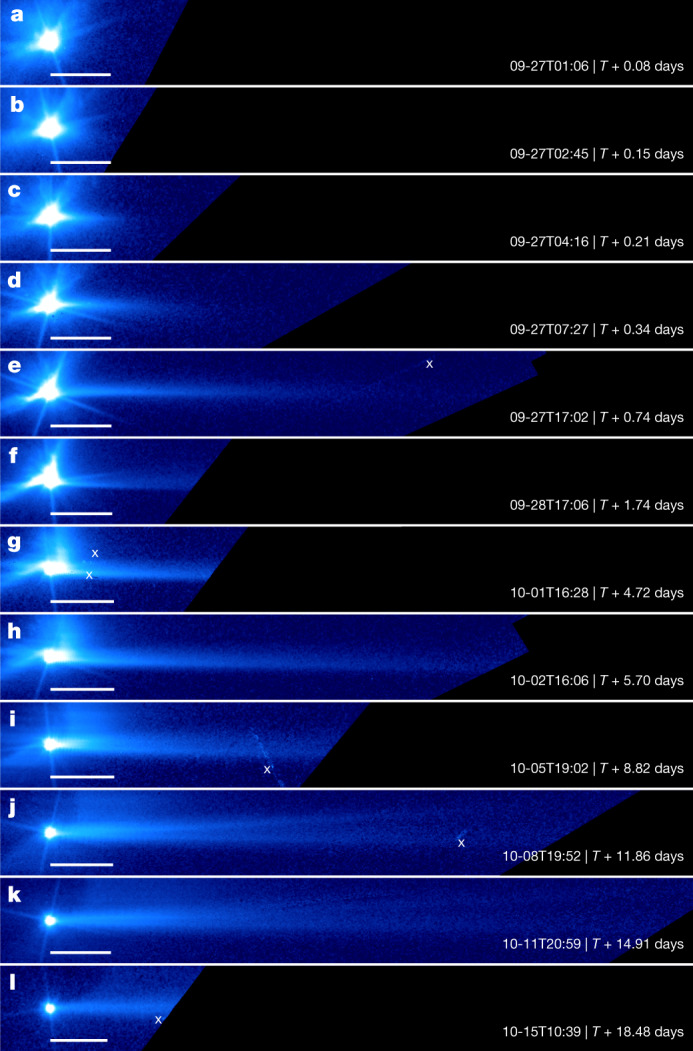Fig. 4. Tail formation from the Dimorphos ejecta cloud.

a–l, All frames are rotated such that the expected direction of the tail based on our dust dynamic model (Methods) is in the horizontal direction extending towards the right. All frames are displayed with the same logarithmic brightness scale. The regions outside the field of view are marked by a dark blue colour. The symbol ‘x’ marks imaging artifacts. The scale bars are aligned with the asteroid at one end and extend 200 km towards the tail direction. a–c, Note that the first three frames have pointing-induced drift in the plane of the sky of 5–7 pixels approximately along the direction of the vertical diffraction spikes. The drift in all other frames is smaller than two pixels. The first frame (a) in this sequence acquired at T + 0.08 days (T + 1.9 h) shows no signs of a tail. A tail was visible starting from the second frame (b) acquired at T + 0.15 days (T + 3.5 h). The tail continued to grow in a direction that is, in general, consistent with an impulsive emission of dust from Dimorphos at the time of impact. i–k, The secondary tail is visible between T + 8.82 days and T + 14.91 days, pointing at about 4º north of the original tail.
